Once a week for an hour during the Premier League season, The Athletic’s Newcastle United subscribers have the opportunity to ask us for our views and insight into what’s happening at their club.
Here, we have pulled together some of their questions and our answers from Monday’s edition of our Inside Newcastle live Q&A, which included queries about whether a right winger will be Newcastle’s priority in the January window, where the club could potentially play matches while St James’ Park is being developed (if indeed it is going to be), who the new member of the board is and Eddie Howe’s job security as head coach.
Regarding the Manchester City ruling around the Premier League’s associated-party transactions (APT) rules, that is something which broke during this live Q&A and I did not have the chance to read and digest it. We will do a separate explainer on that this week.
Want to ask a question on anything Newcastle-related? Chris Waugh will be back on Monday, October 21, at 2pm BST (9am ET) for another session, once Premier League football returns after the international break…
Newcastle struggle to break down defences. Does this bump up the priority of wanting a right-winger? — Rob M
Chris Waugh: Alexander Isak and Callum Wilson’s absences alone do not explain those struggles. There is a lack of ingenuity in the final third at times. Harvey Barnes can be a matchwinner, but he is not a winger who creates loads, while Anthony Gordon can play down the right but much prefers being on the left. Both are more effective cutting in from the left flank, rather than being deployed as conventional wingers.
Jacob Murphy and Miguel Almiron are the out-and-out right-wing options and neither has performed to elite standards. Murphy has improved under Howe, is a valued squad member, and is also now part of the “leadership team”, but he is erratic in his delivery and decision-making.
Almiron had a wonderful 2022-23 — scoring 11 times — but, aside from that season, he has never managed more than four Premier League goals in a campaign. He did make a positive impact off the bench against Everton, but he had a disrupted summer due to his involvement in the Copa America, and he lost his starting place to a player who was already at the club, rather than a summer signing.
The 30-year-old also knows Newcastle have been open to selling him for a year, so that is bound to have affected his performances.

(PAUL ELLIS/AFP via Getty Images)
That brings me on to January, and where Newcastle’s pressing needs are. Centre-back was a summer priority, but that was when Sven Botman and Jamaal Lascelles were months away from returning. Both should be back before January and, if they are and are playing well, then Newcastle’s desire to sign a right-sided centre-back may be deferred.
Right wing feels like it requires urgent attention. Michael Olise was the top target in June, and attention only switched to Marc Guehi and a centre-back once the winger joined Bayern Munich. Nottingham Forest’s Anthony Elanga remains of interest but Paul Mitchell, the sporting director, is aiming to widen the pool of targets.
No definitive plans are yet in place for January — reports suggesting Newcastle expect to get Guehi for a knockdown price in January have caused puzzlement among some inside the club — but right wing certainly looks to be a priority.
Who is Roger Thornton? — Jonathan C
Waugh: This relates to Newcastle’s newest board member, who was confirmed on Monday.
Property is Thornton’s background and his expertise could be crucial, given infrastructure investments — the stadium and training ground — are viewed internally as the “medium-term” projects which require attention. The feasibility study into what is possible at St James’ Park has been going on for more than 12 months, and the “decision stage” of the process is due to start early next year.
Thornton is described by those who know him as experienced and knowledgeable in the property world. One well-placed figure describes him as being “at the top” of his field.
He is head of property at Motcomb Estates Limited, which manages the assets of the Reuben family, who own a 15 per cent stake in Newcastle. Thornton is from the north east, having been born in South Shields, on the south of the River Tyne, and has been involved in Pilgrims Quarter, a significant development in Newcastle city centre, and also has connections to Newcastle Racecourse, which the Reubens own. The family are keen for greater presence on the board, especially given Jamie Reuben’s wider business interests (even if he remains committed to his own position).

The Reuben family have wanted a greater presence on the Newcastle board (Photo by Stu Forster/Getty Images)
It seems, according to Companies House documents for Newcastle United Limited, that Thornton has been on the five-man board since July 25, 13 days after Amanda Staveley departed as a co-owner, but Newcastle waited until the third anniversary of the takeover to confirm this change.
Yasir Al-Rumayyan — governor of Saudi Arabia’s Public Investment Fund (PIF), whose majority stake increased from 80 to 85 per cent over the summer — is the chairman. However, he is not involved every day, given the vast PIF portfolio he oversees.
There are two further PIF officials on Newcastle’s board. Abdulmajid Ahmed Alhagbani is head of PIF’s Middle East and North Africa securities investments, while Asmaa Mohammed Rezeeq heads up the firm’s global private equity and alternative investments division.
Is there a list of first-team squad players available for sale? — Lee W
Waugh: I doubt a formal “list” exists, but there are players who are dispensable. Almiron, Wilson, Matt Targett, Martin Dubravka and Murphy could have left during the summer, had appropriate bids arrived.
That remains the case, but there are reasons why none were sold. They are on good contracts at Newcastle, in many cases they are ageing, have underperformed or have had fitness issues, and there was a lack of interest.
Sean Longstaff’s academy-graduate status meant he was also someone who Newcastle would have considered cashing in on before June 30 because, as with Elliot Anderson, the club could have banked “pure profit” from his sale. With less than a year left on his deal, Newcastle may have to seriously consider selling Longstaff in January, or risk losing him for a free next summer.
Joe Willock has more than two and a half years on his contract, so Newcastle are under no immediate pressure to resolve his situation, but midfield is an area where they have a decent stock of players. Willock brings something unique to Newcastle’s midfield with his running ability, but he has also struggled for fitness and consistency. This is a big season to prove he should be part of the long-term plans.
Any update on Lewis Miley’s recovery? — Eric B
Waugh: Miley is on course to return after this international break. However, given he has not played since March 16, having suffered a back injury last season, before the foot problem that has kept him sidelined since just before pre-season, Newcastle will not rush the midfielder back.

Lewis Miley established himself in the Premier League last season (Justin Tallis/AFP/Getty Images)
Miley is only 18 and, with Howe having admitted he was forced to use the teenager more than intended last season, Newcastle are conscious about ensuring his body can handle the rigours of the Premier League.
It is likely to be towards the back end of October when Miley is playing again, introduced off the bench initially.
Howe finished one of his press conference answers with ‘if I’m still here’. Do you think he is starting to doubt his future? — John C
Waugh: You’re a better journalist than I am because I didn’t pick up on him saying that!
Howe is a realist. He is ambitious and believes in his own abilities, but he also recognises that Mitchell did not appoint him, while Staveley and Mehrdad Ghodoussi, two of his key boardroom allies, have departed. With Darren Eales stepping down, a new CEO is set to arrive. When Howe gave his now-infamous press conference in Germany, his anxieties were aired publicly about what all of that change potentially meant for him.
Although his relationship with Mitchell is a work in progress, Howe seems more settled now and received assurances over his position from Eales. But Howe faces an uphill task this season, given Newcastle failed to strengthen the first XI during a summer in which several members of the squad also became unsettled.
Liverpool, Arsenal and Manchester City appear set, so that leaves only one guaranteed Champions League position. With Aston Villa and Chelsea starting the season well, and Tottenham and Manchester United bound to improve, the competition for European qualification is severe.
Given Eales and Mitchell have both declared Europe as a realistic target, Howe must recognise that his lifespan as Newcastle head coach is determined by on-field performance. He backs himself to deliver and remain for the long run — that is definitely what he wants — but he recognises his fate is not entirely in his own hands.
Where would Newcastle play their home games if the ground was to be redeveloped or rebuilt? — Ross C
Waugh: This is one of countless unanswered questions and it has featured during internal discussions regarding what is feasible. Some have speculated that Newcastle, like Spurs, could rotate St James’ Park, allowing them to build in greater capacity, or move closer towards or even on to Leazes Park, which is behind the Milburn Stand and Leazes Stand.

Newcastle’s Leazes Park is adjacent to the football stadium (Stu Forster/Getty Images)
But that would require Newcastle playing elsewhere for at least a season.
Where would that be? No adequate answer has yet been provided. Whereas Spurs could move to Wembley for two seasons and had various options in London, Newcastle do not have such alternatives.
The Stadium of Light’s capacity (48,700) is almost that of St James’ (52,300), but are Sunderland really going to rent out their stadium to help their bitter rivals build a new one to aid their growth and allow them to reach their ambitions? And do most Newcastle fans really want to play on Wearside, even if only for a season?
Middlesbrough’s Riverside can hold almost 35,000, so is probably not large enough, and is 42 miles away anyway. That feels slightly more plausible, but it means the clamour for tickets will only become more exaggerated in the short term (and some season-ticket holders may not be able to be accommodated).
Murrayfield in Edinburgh, Scotland’s national rugby union stadium, has also been floated. That holds more than 67,000, so is definitely large enough, but is 116 miles away. Theoretically, supporters could get public transport from Tyneside, but it would be costly and time-consuming.
The lack of alternative, temporary venues within a decent proximity adds to the complications. It is one of the reasons — alongside potential cost and what is achievable with a new stadium elsewhere, as opposed to an expanded or rebuilt St James’ — why moving remains a viable, if divisive, option.

GO DEEPER
The Newcastle United project: How is it progressing, three years on?
(Top photo: Eddie Howe by George Wood via Getty Images)





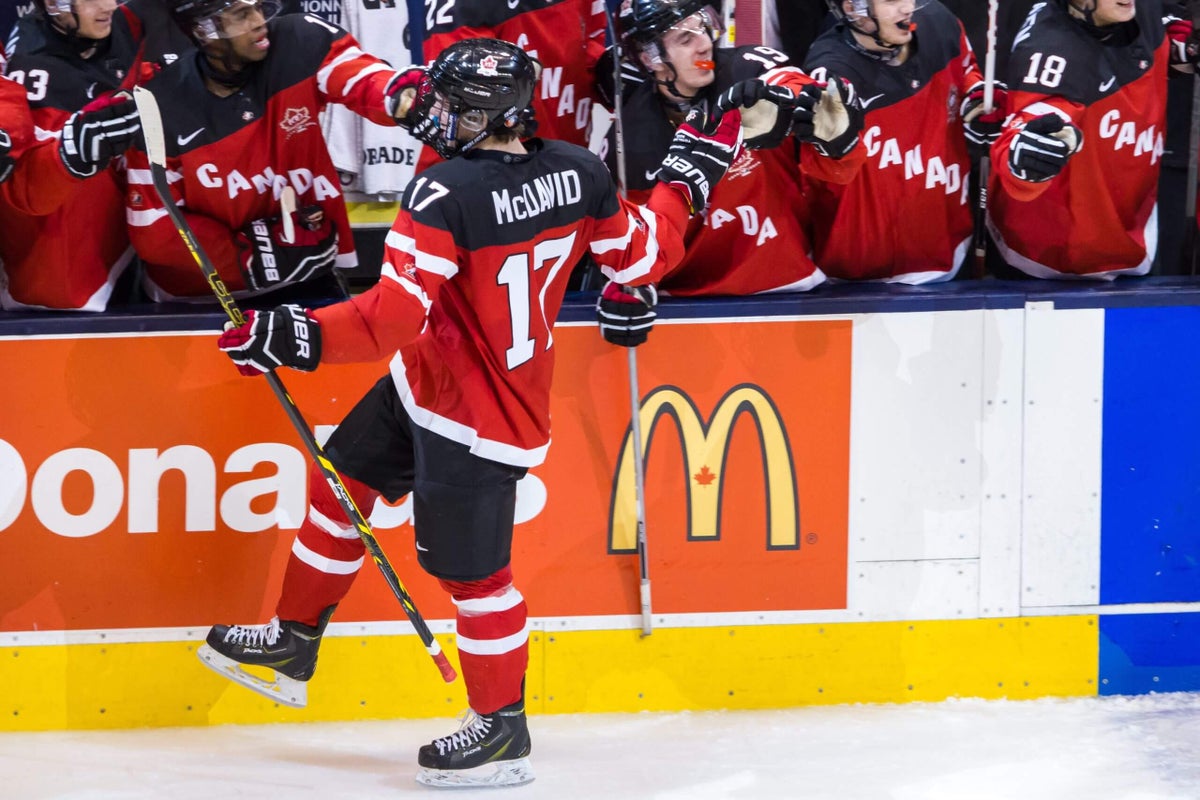

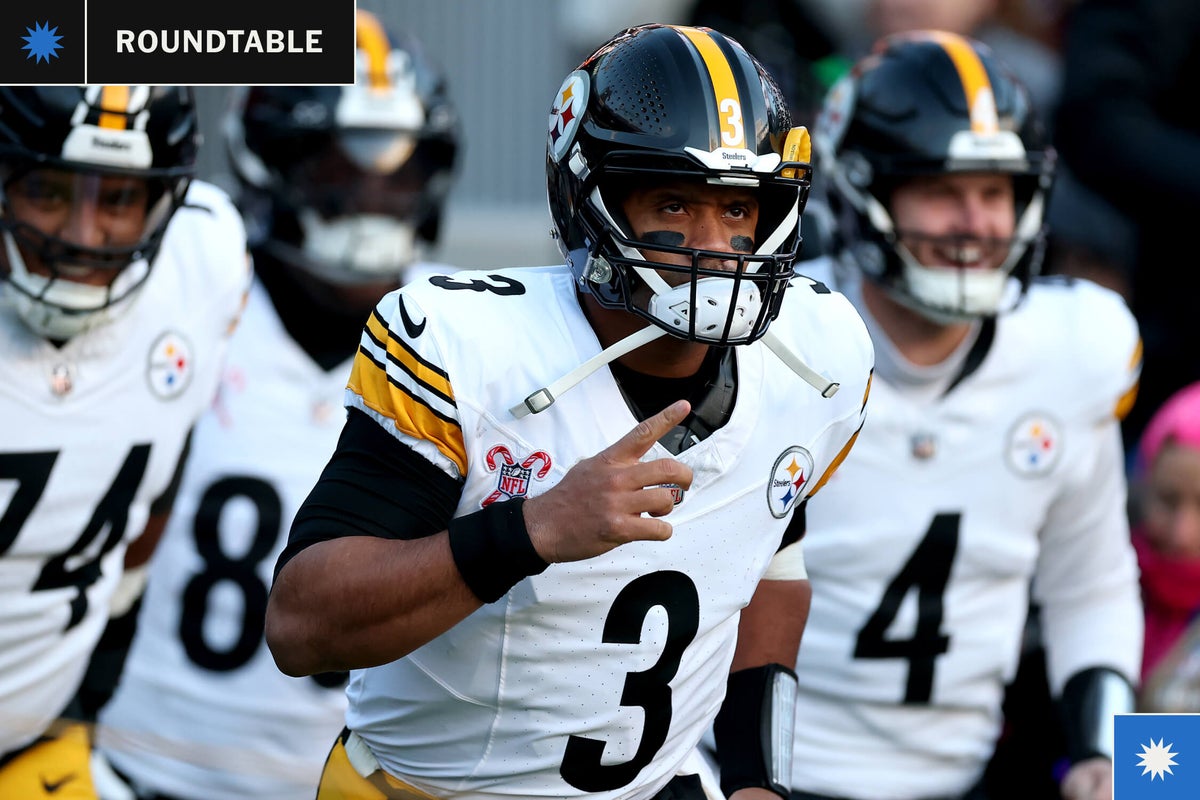
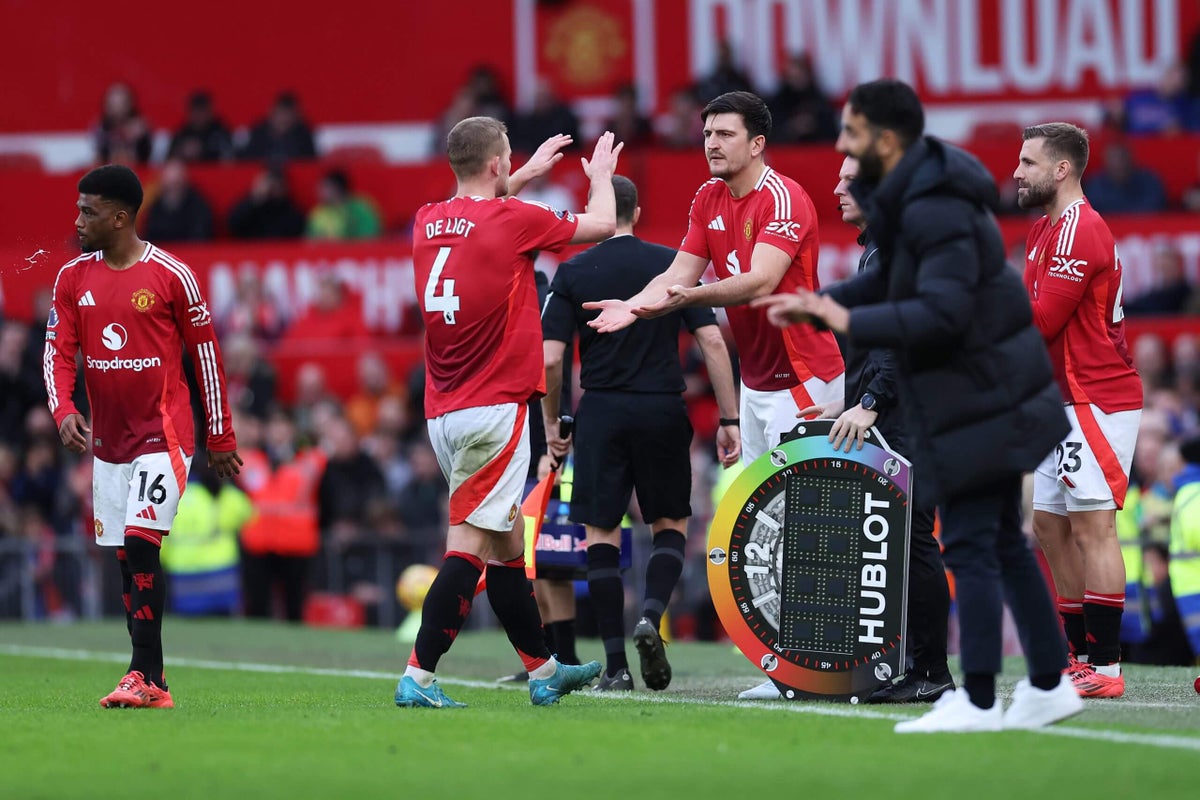

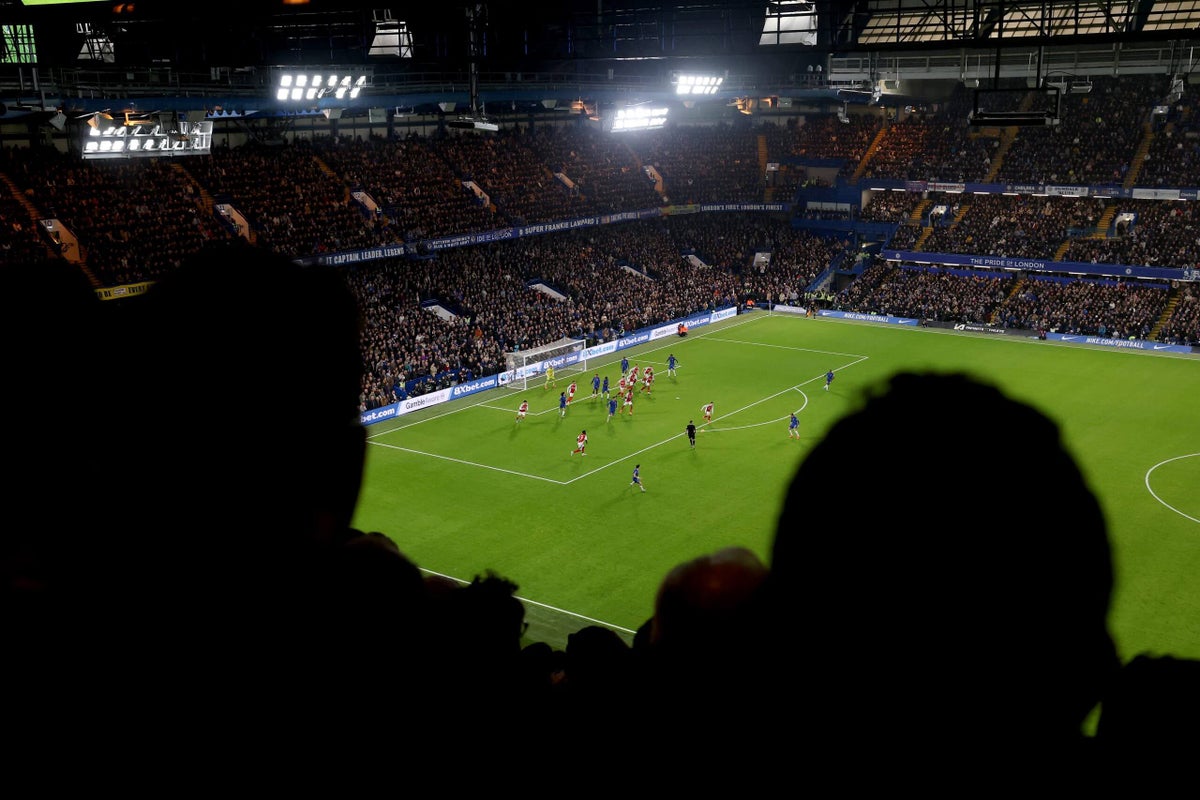

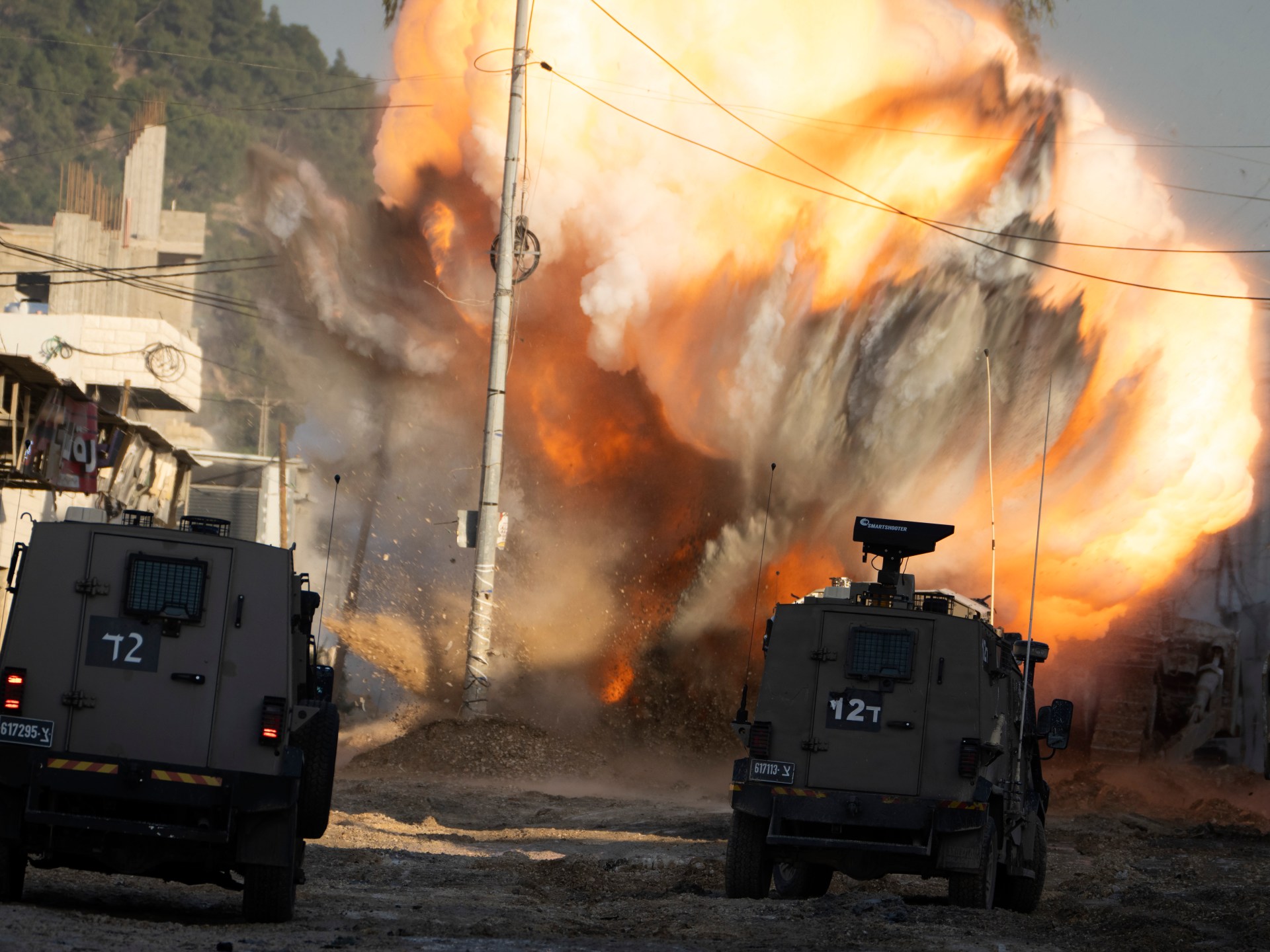
Leave a Reply